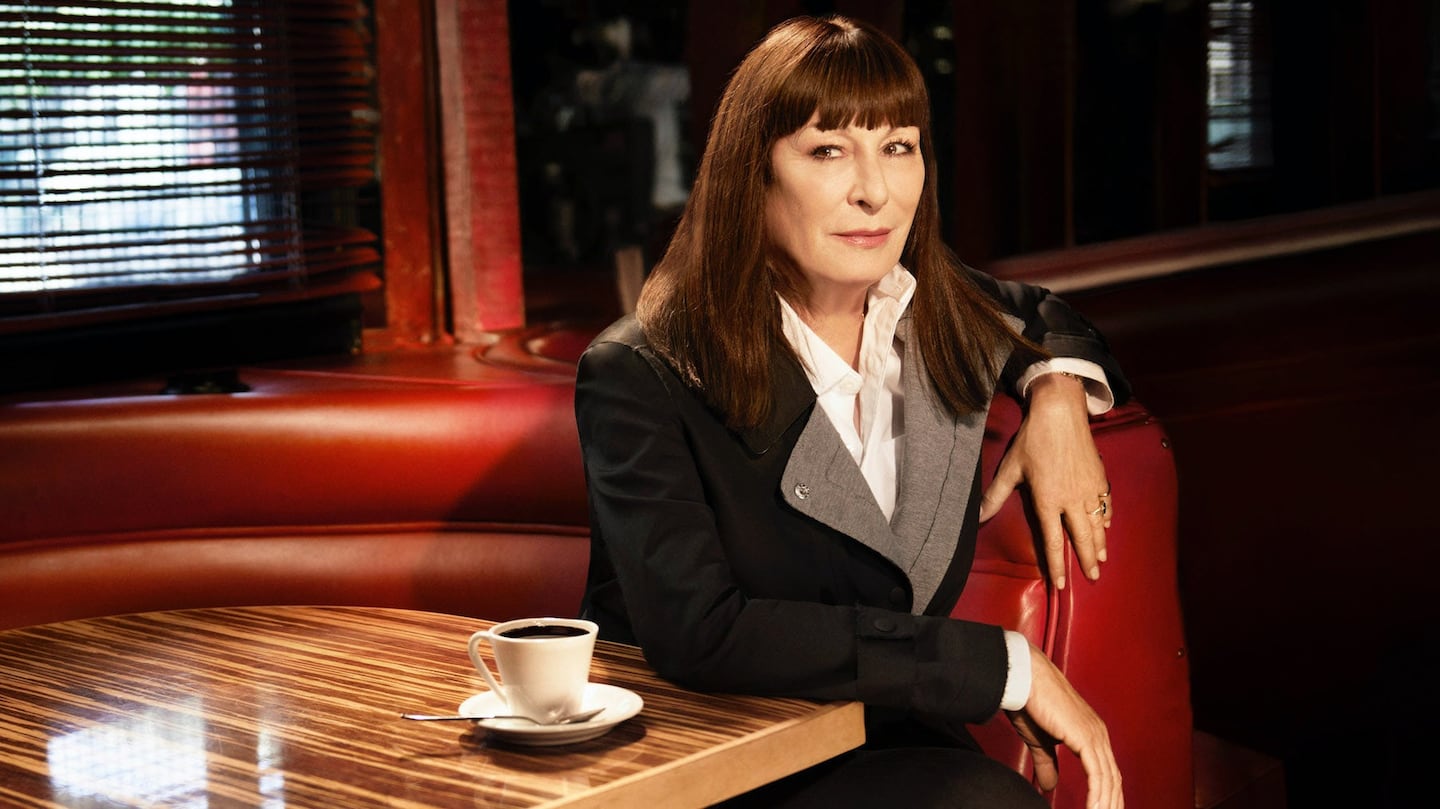
The Business of Fashion
Agenda-setting intelligence, analysis and advice for the global fashion community.

Agenda-setting intelligence, analysis and advice for the global fashion community.

NEW YORK, United States — Two years ago, Gap Inc. put such celebrities as Anjelica Huston and Elisabeth Moss in simple outfits—button-downs and blazers, jeans and airy, dull-hued blouses—and told shoppers to "Dress Normal" for its fall ad campaign.
It backfired. Sales slumped over the next two months and stores were forced to discount heavily. The company’s chief marketing officer departed less than a year later. You see, people did not want to be normal. They want to stand out.
That is Gap's problem. Sure, there is nothing wrong with selling basics. Plenty of shoppers need to keep their closets stocked with T-shirts, tank tops, and sweats for everyday wear. But much has changed since the mid-2000s, when Gap's business was thriving. That was an age of uniforms. High schoolers flocked to Hollister's seagull and college kids donned the Abercrombie & Fitch moose. Looming over it all was the Gap, which also clothed them—and everyone else for that matter.
“They were the cheap, cool option,” Bridget Weishaar, an analyst at Morningstar, said of Gap’s basic clothes from that era. “They’ve just been displaced.”
ADVERTISEMENT
The numbers are concerning. Comparative store sales fell 3 percent at Gap's namesake brand last quarter, the company reported on Thursday. The situation is even worse at its Banana Republic stores, which dipped 9 percent. Gap plans to close dozens more of its 3,700 stores in order to knock total square footage down 2 percent by the end of the fiscal year. Chief executive officer Art Peck said in a statement that he remains "unsatisfied" with the slow recovery, adding that his management team acknowledges the urgent need for progress.
Analysts wonder if Gap can afford to stay so large in a world where ubiquity of style is no longer relevant. The company operates almost 3,300 shops under its Gap, Old Navy, Banana Republic, Athleta, and Intermix brands. Simeon Siegel, an analyst at Nomura Securities, wrote in a note to clients that he is concerned that Gap's businesses have overreached.
The way he sees it, Gap is “simply too large in the new normal where physical distribution has become a liability and uniformity is no longer ‘cool.’”
The new rulers of mass-market apparel are Spain's Inditex, which owns Zara, and Sweden's Hennes and Mauritz AB (that's H&M, in case you were wondering), which are using a new playbook to grow to unprecedented size. These fast-fashion companies take styles from catwalks to store shelves within weeks, creating a constantly shifting selection of clothes. Though their stores are even more pervasive than Gap's, it is this sustained fluctuation that keeps things fresh. In the US, Gap's home market, Forever 21 is using the same tactic.
When Gap peaked in 2005 with $16.2 billion in revenue, each of these companies was less than half its size. Now, as Zara and H&M flood the world with new stores, Gap is abandoning chunks of territory. In May, it announced the shutdown of about 75 locations.
“There is a consumer for high quality, predictable, basics,” said Weishaar. “But the market has shrunk since when they’d built up that store base.”
By Kim Bhasin; editor: David Rovella.
Designer brands including Gucci and Anya Hindmarch have been left millions of pounds out of pocket and some customers will not get refunds after the online fashion site collapsed owing more than £210m last month.
Antitrust enforcers said Tapestry’s acquisition of Capri would raise prices on handbags and accessories in the affordable luxury sector, harming consumers.
As a push to maximise sales of its popular Samba model starts to weigh on its desirability, the German sportswear giant is betting on other retro sneaker styles to tap surging demand for the 1980s ‘Terrace’ look. But fashion cycles come and go, cautions Andrea Felsted.
The rental platform saw its stock soar last week after predicting it would hit a key profitability metric this year. A new marketing push and more robust inventory are the key to unlocking elusive growth, CEO Jenn Hyman tells BoF.